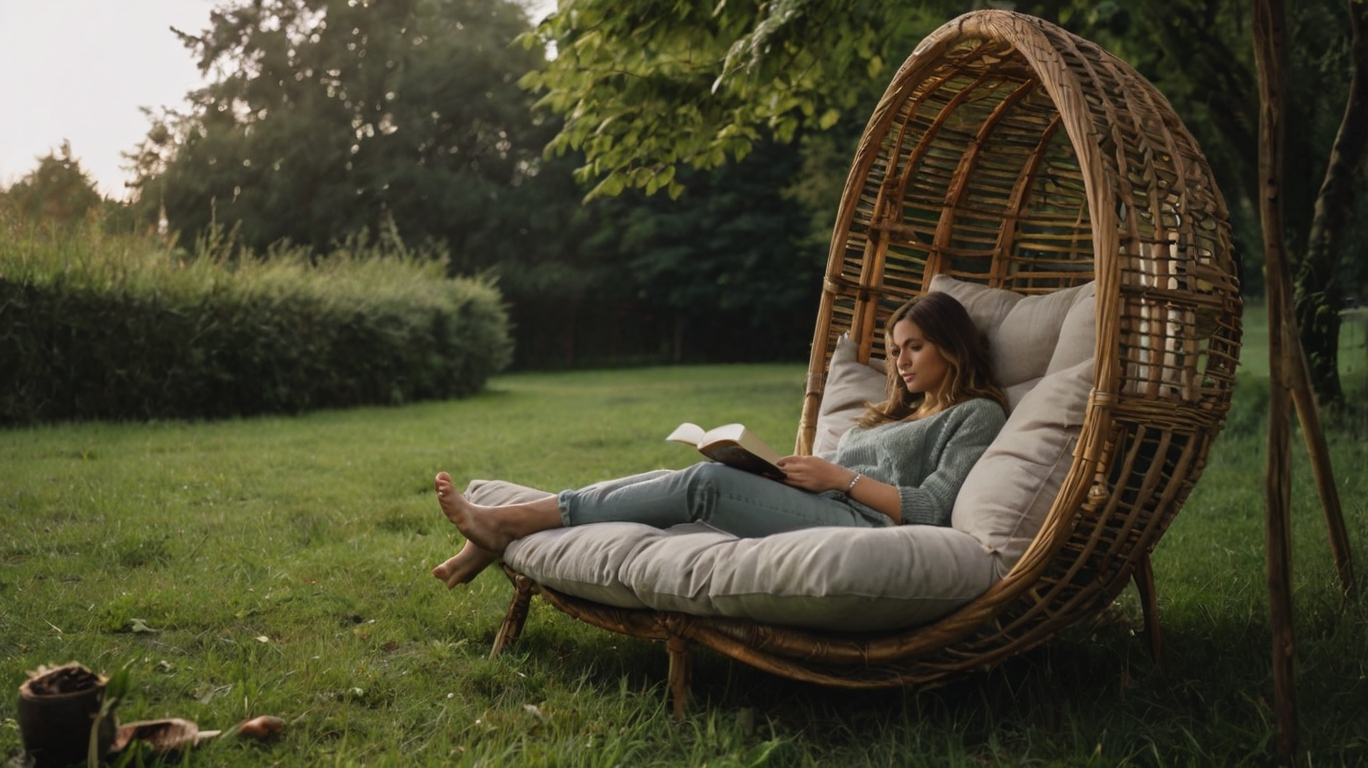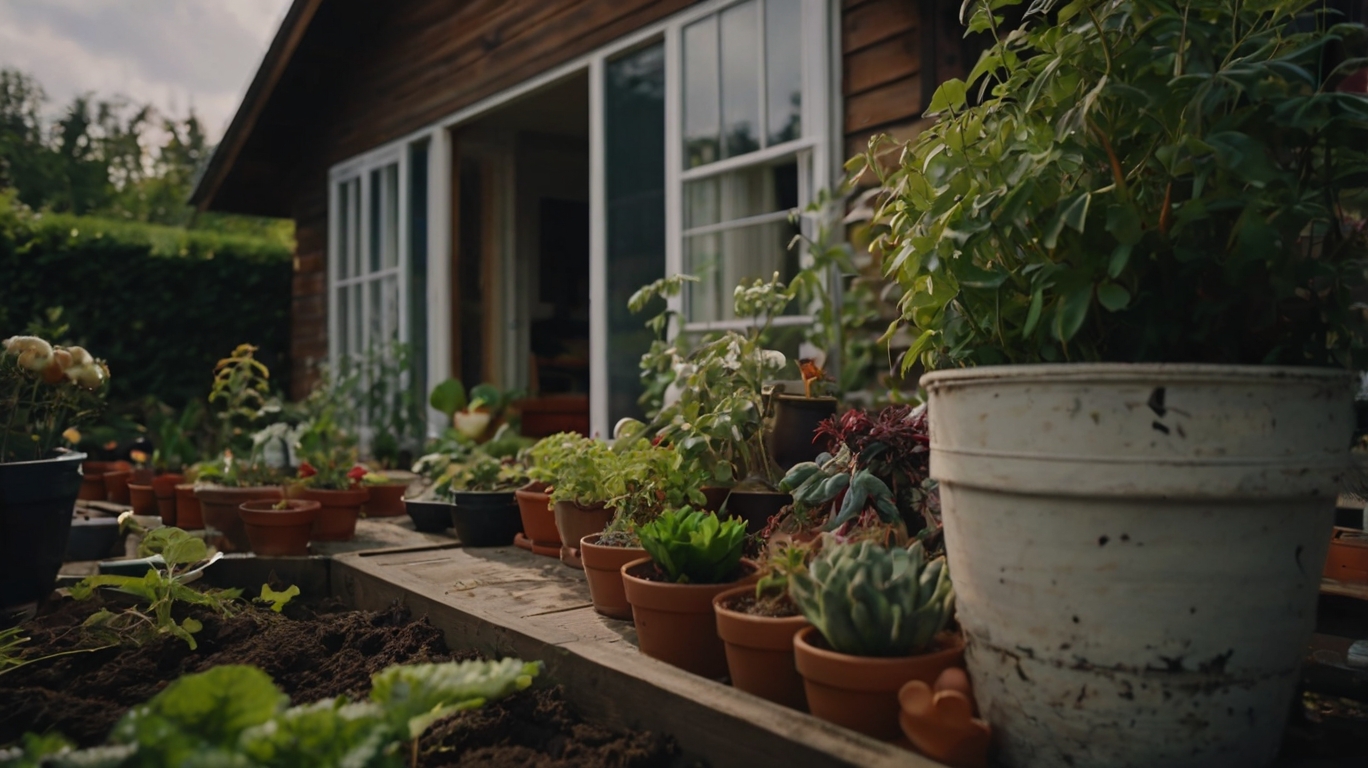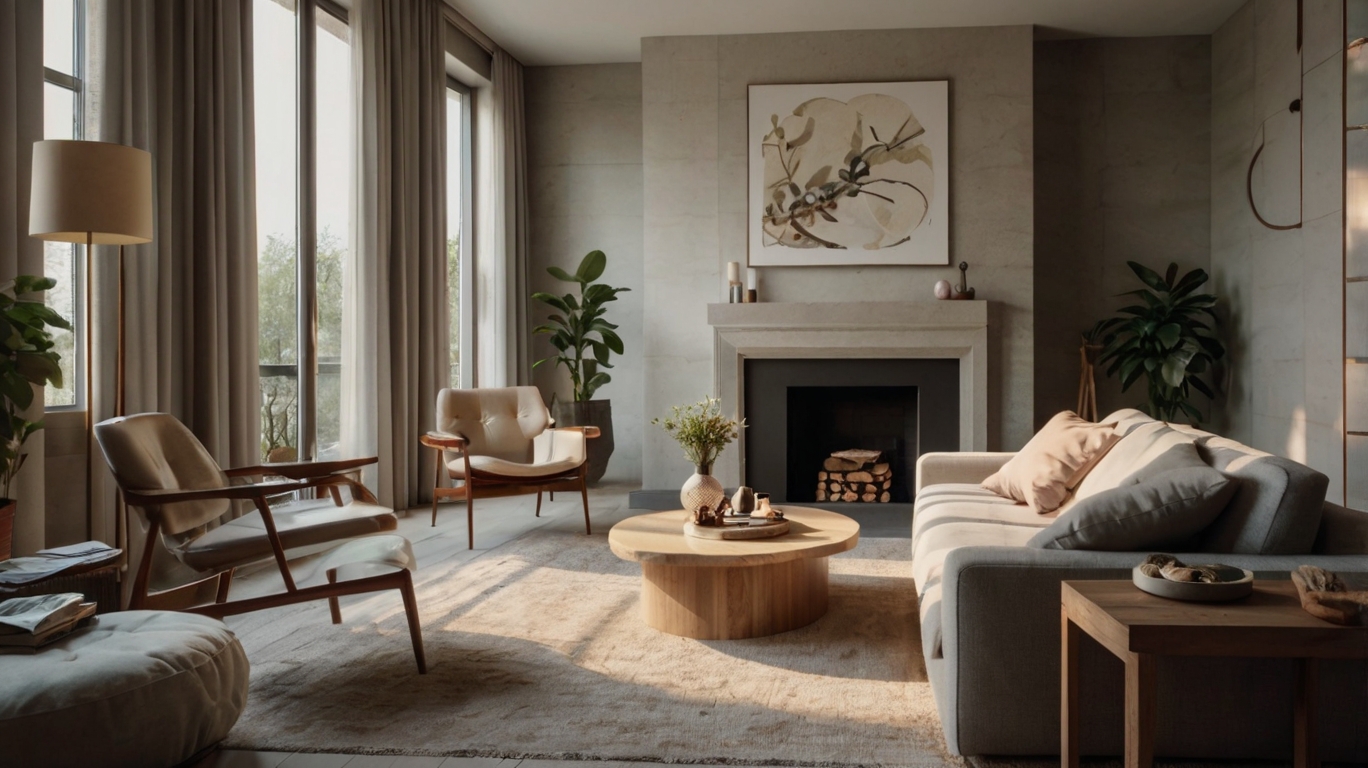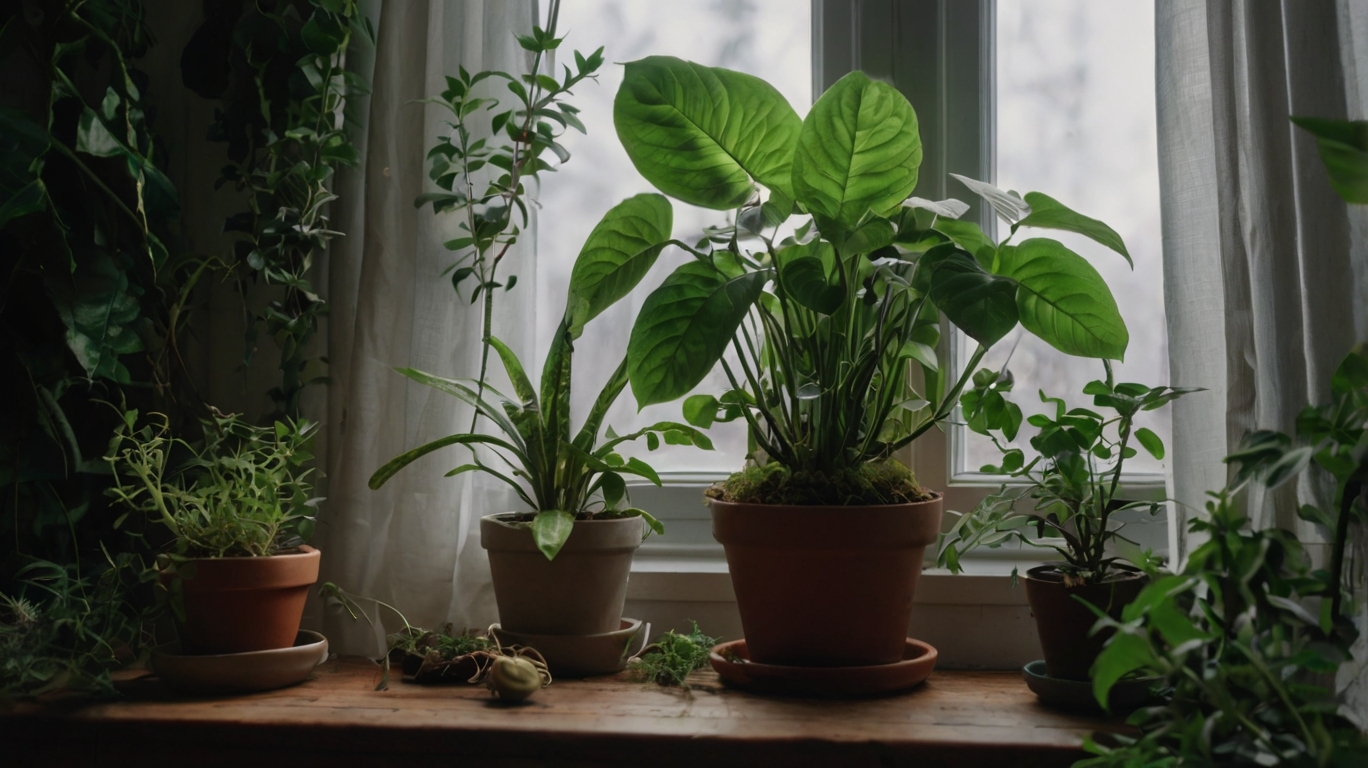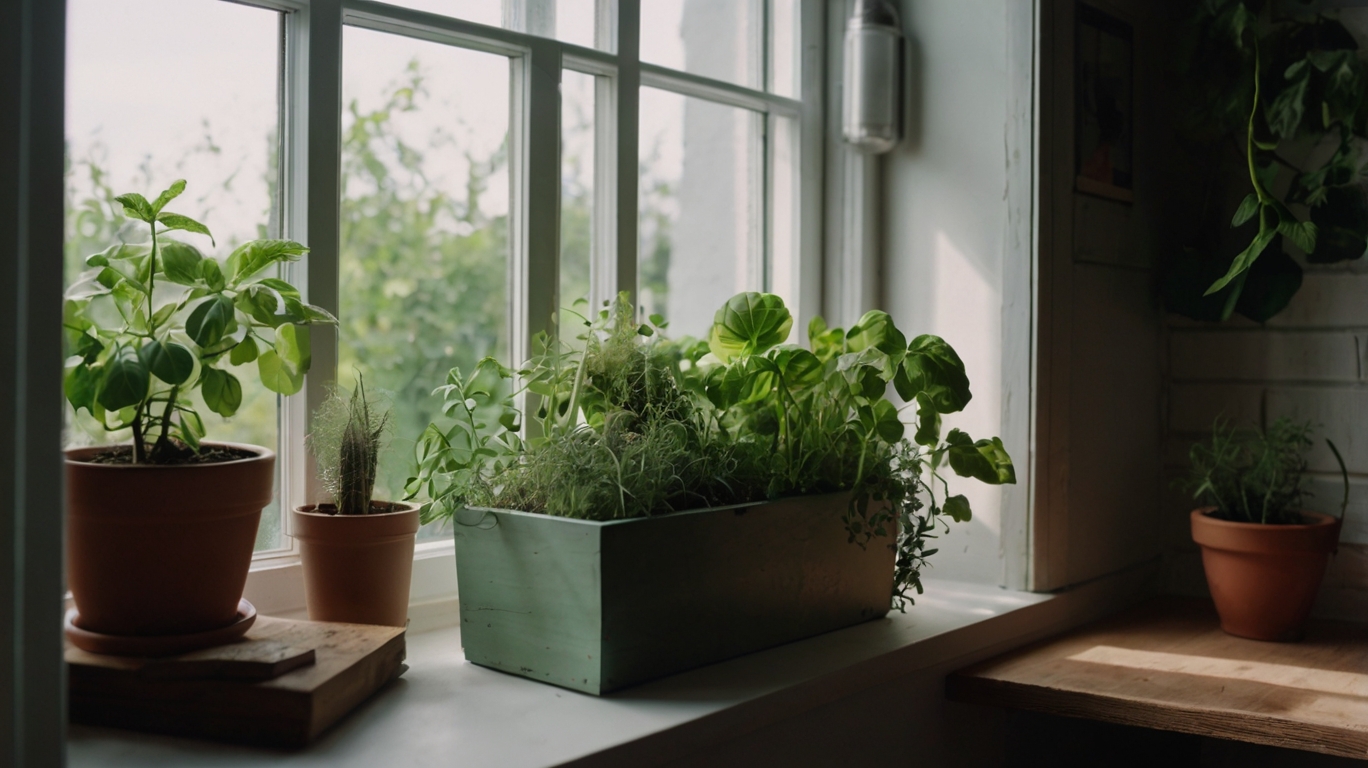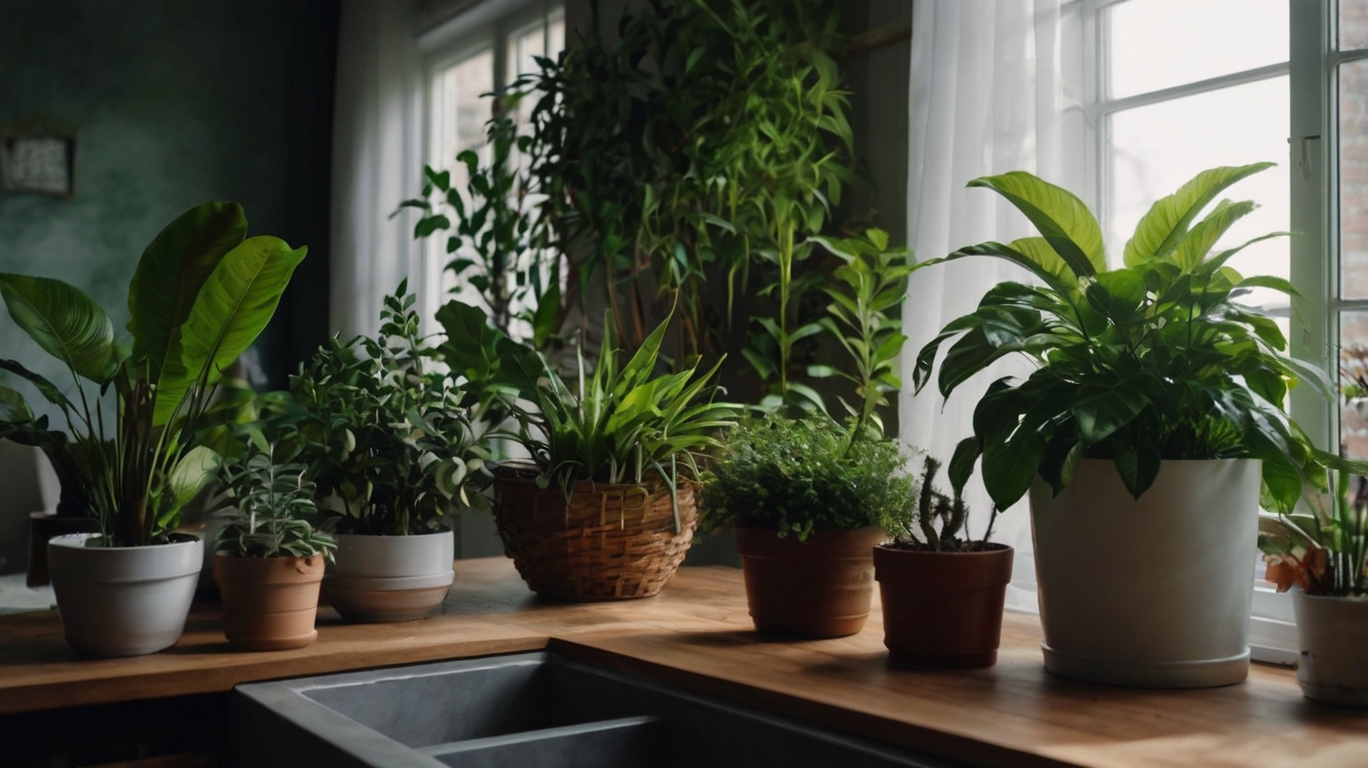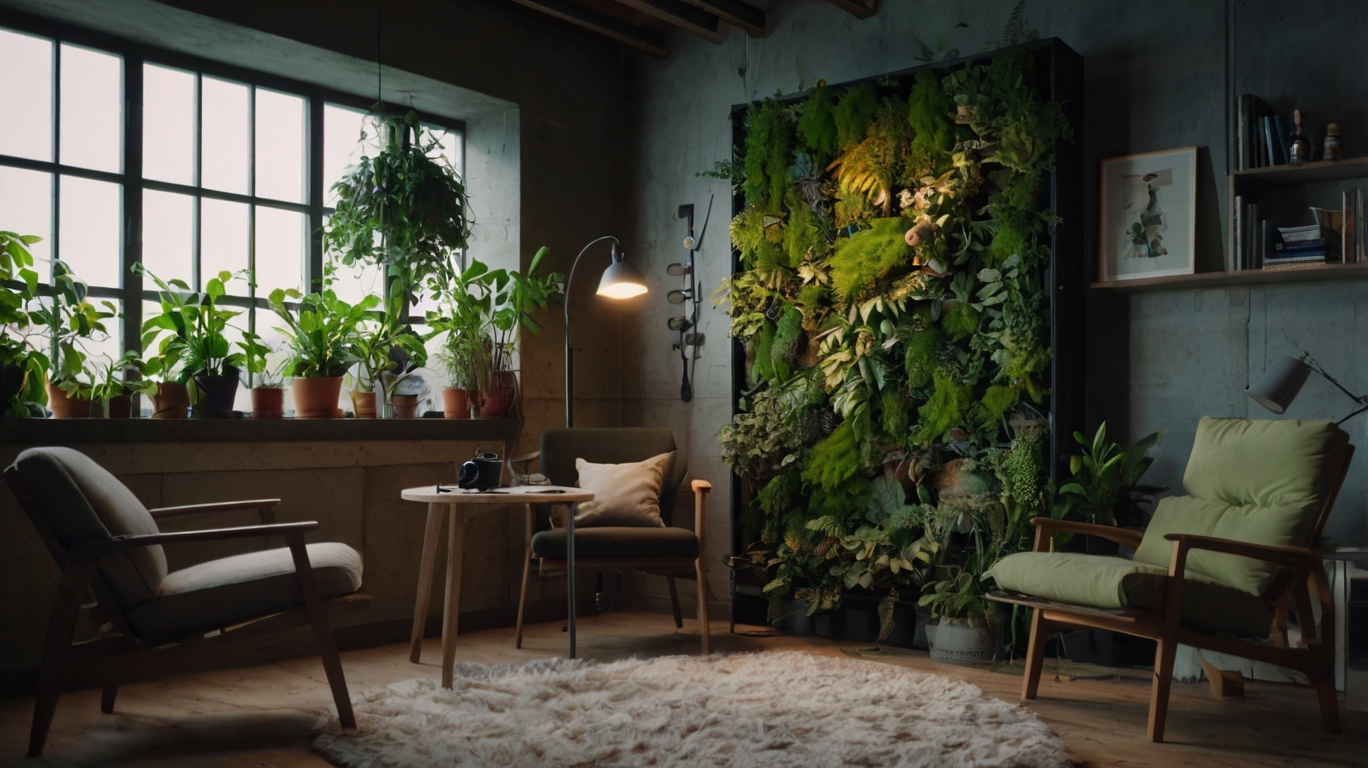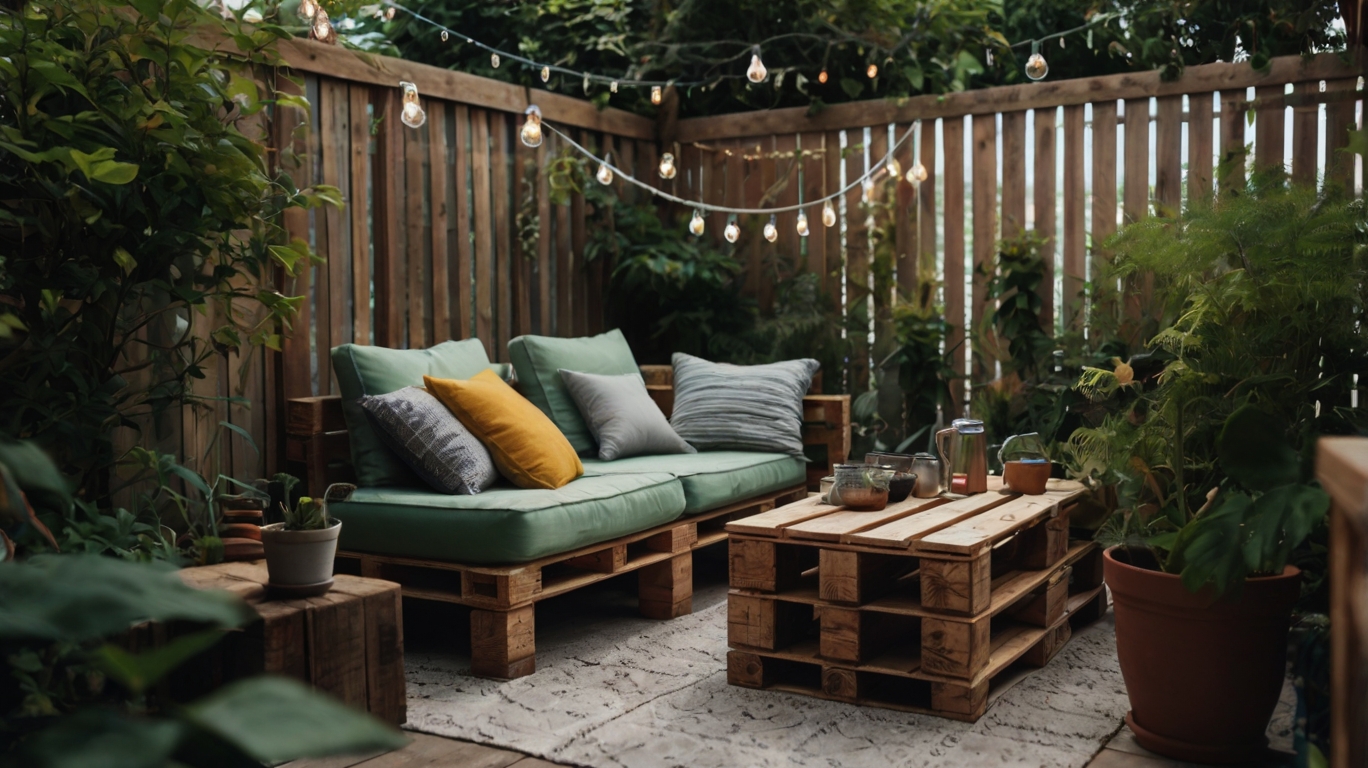How to Create an Outdoor Reading Nook: A Cozy and Green Refuge
Hi there! You know that moment when you grab a book, feel the breeze on your face, and get lost in the pages like the world just stops? I dream of that all the time—and that’s exactly why I transformed my 2-square-meter balcony into a cozy outdoor reading nook that feels like pure love. In this 2,000-word article, I’ll guide you on how to create your own outdoor reading nook with a mix of gardening charm and a cozy home vibe. Get ready for practical tips, stories from my adventures with books and plants (with a few funny mishaps), and a fun dose of motivation. Grab a cold drink and let’s build your perfect spot for devouring stories under the sky! Why an Outdoor Reading Nook Feels So Magical Before we dive into the how-to, let me tell you why it’s worth creating a space like this. Reading outdoors combines the best of both worlds: the tranquility of a good book and the invigorating energy of nature. With gardening elements and cozy home touches, your nook becomes an oasis where you can recharge, daydream, and connect with nature. My once-forgotten balcony became my favorite spot, where I spend hours with a book and a cup of tea, surrounded by basil and twinkling lights. You don’t need a huge garden or a big budget—with a little creativity, any space can shine. Ready to build yours? 1. Choosing the Spot: Your Slice of Paradise The first step is finding the perfect place. My small balcony was an obvious choice, but you can use any outdoor nook. Possible Spaces: What to Consider: My Story: I once tried reading on the front porch, but street noise was too distracting. I moved to the back balcony, and it became my sanctuary! 2. Choosing the Furniture: Comfort Is Everything Your reading nook needs a seat that makes you forget time exists. Here are some furniture ideas that work even in small spaces: Gardening Touch: Place a pot of basil or a succulent next to your seat. My basil perfumes the air as I read! My Mishap: I bought a gorgeous chair—but it was hard as a rock. After adding cushions, it became my perfect reading throne! 3. Adding Comfort with Textiles and Accessories Textiles are the soul of a cozy corner. They bring color, texture, and that “I never want to leave” feeling. Golden Tip: Choose moisture-resistant fabrics for longevity. My waterproof blanket survived a surprise rain! 4. Lighting the Space: Reading at Night For those “just one more chapter” nights, you’ll need good lighting. Here are ideas that work beautifully: Gardening Tip: Place lights near plants like ferns or snake plants. Their leaves reflect light beautifully! My Mistake: I used an electric lamp that kept tangling. I switched to solar, and now my space glows with zero hassle! 5. Incorporating Plants: The Heart of the Nook Plants are essential for a cozy, garden-inspired reading nook. They add life, freshness, and calm. Best Plants: Where to Place: Mix floor pots, tabletop plants, and hanging planters. I use a vertical herb garden with LED lights on my balcony. Care Tips: My Experience: I once placed a succulent in a dark corner—it turned pale. I moved it to a brighter spot, and it’s thriving now! 6. Final Touches: Make It Yours Add personality and charm with unique details: Quick DIY: Paint a clay pot in sage green or terracotta (2025 colors) and plant a herb. I did this with my mint—and everyone compliments it! 7. How to Maintain the Perfect Nook A little care goes a long way in keeping your reading nook beautiful: My Mistake: I once left cushions out in the rain—they got moldy. Now I store everything properly and my nook’s always ready! 8. My Journey with the Reading Nook When I moved into my apartment, the balcony was a storage space full of clutter. I started with a single succulent and an old chair. Slowly, I built my reading nook—adding a pallet bench, terracotta cushions, a trailing pothos, and solar lights. Today, I spend hours there reading, watering my basil, or just enjoying the wind. Gardening and cozy home vibes transformed my balcony into a retreat that makes me smile every single day.
